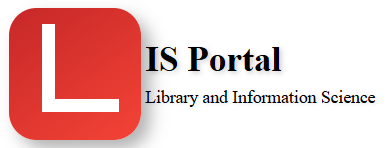Data compression is the process of reducing the size of data in order to save storage space, reduce bandwidth usage, or speed up data transfer. In the context of library science, data compression is used to manage and preserve digital content, such as books, images, and audio and video files.
An example of data compression in the context of library science is the use of lossless compression techniques, such as run-length encoding or Huffman coding, to reduce the size of large digital images or scanned books without losing any data. This enables libraries to store and manage large collections of digital content more efficiently, while preserving the quality and integrity of the original data.
Another example is the use of lossy compression techniques, such as JPEG or MP3, to reduce the size of audio and video files. Lossy compression can result in a lower quality version of the original data, but the trade-off is that the compressed data is much smaller in size and more easily managed. This is useful in library science where large collections of multimedia content need to be stored and managed efficiently, while still being accessible to users.
There are several tools available for data compression, including:
WinZip: A popular tool for compressing and decompressing files, including support for various file formats.
7-Zip: An open-source tool for compressing and decompressing files, including support for various file formats.
WinRAR: A tool for compressing and decompressing files, including support for various file formats.
Gzip: A popular open-source tool for compressing and decompressing files, primarily used on Unix-based systems.
Bzip2: An open-source tool for compressing and decompressing files, offering higher compression ratios than gzip.
Tar: A tool for combining multiple files into a single archive file, often used in combination with gzip or bzip2.
These tools can be used in the context of library science to manage and preserve digital collections, by reducing the size of digital content, making it easier to store, transfer, and manage.
In the context of library science, data compression tools are used to manage and preserve digital collections by reducing the size of digital content. The goal of data compression is to make digital collections easier to store, transfer, and manage. The following are some of the commonly used data compression tools in library science:
JPEG2000: A widely used image compression format that is suitable for compressing high-resolution images in a lossless or lossy manner.
TIFF-LZW: A widely used format for compressing TIFF images using the Lempel-Ziv-Welch (LZW) algorithm.
PDF: Portable Document Format (PDF) is a file format used for representing documents in a manner independent of the software, hardware, or operating system used to create or view the document. The PDF format includes support for lossless and lossy data compression.
DICOM: Digital Imaging and Communications in Medicine (DICOM) is a standard for representing and transmitting medical images and related information. DICOM supports lossless and lossy data compression to reduce the size of images and other data.
These tools can be used in the context of library science to manage and preserve digital collections, by reducing the size of digital content, making it easier to store, transfer, and manage.
